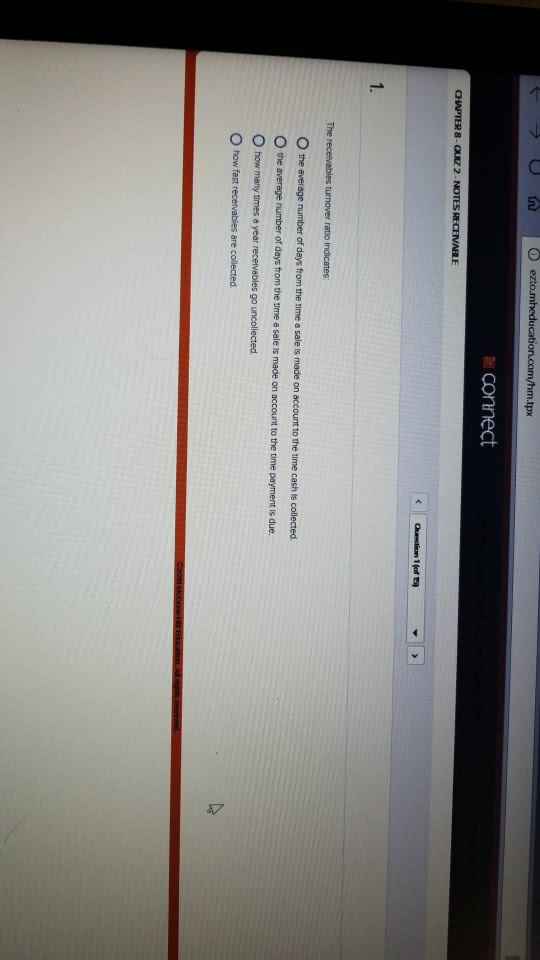kitty
1 Follower
0 Following
0 Helped
kittyLv6
10 Mar 2022
kitty and idk bruh
kittyLv6
10 Mar 2022
ight bet
kittyLv6
10 Mar 2022
yes fax
kittyLv6
10 Mar 2022
true
kittyLv6
10 Mar 2022
r
kittyLv6
10 Mar 2022
forst 3
kittyLv6
10 Mar 2022
it’s b
kittyLv6
10 Mar 2022
alr bet
kittyLv6
10 Mar 2022
true
kittyLv6
10 Mar 2022
material girl?
kittyLv6
10 Mar 2022
it’s math
kittyLv6
10 Mar 2022
true
kittyLv6
10 Mar 2022
true
kittyLv6
10 Mar 2022
C
kittyLv6
10 Mar 2022
welp this is late
kittyLv6
10 Mar 2022
correct
kittyLv6
10 Mar 2022
yess
kittyLv6
10 Mar 2022
it’s B
kittyLv6
10 Mar 2022
true
kittyLv6
10 Mar 2022
that’s false
kittyLv6
10 Mar 2022
it’s a solid
kittyLv6
10 Mar 2022
true
kittyLv6
10 Mar 2022
this is true
kittyLv6
10 Mar 2022
it’s the table
kittyLv6
10 Mar 2022
biology
kittyLv6
10 Mar 2022
this is true
kittyLv6
10 Mar 2022
this is false
kittyLv6
10 Mar 2022
sure !
kittyLv6
10 Mar 2022
it’s D
kittyLv6
10 Mar 2022
hello mate
kittyLv6
10 Mar 2022
welp this is late
kittyLv6
10 Mar 2022
welp this is late
kittyLv6
10 Mar 2022
welp this is late
kittyLv6
10 Mar 2022
welp this is late
kittyLv6
10 Mar 2022
thank you
kittyLv6
10 Mar 2022
i believe this is correct
kittyLv6
10 Mar 2022
it’s truetrust
kittyLv6
10 Mar 2022
the second one
kittyLv6
10 Mar 2022
this answer is d
kittyLv6
10 Mar 2022
that’s a good model
